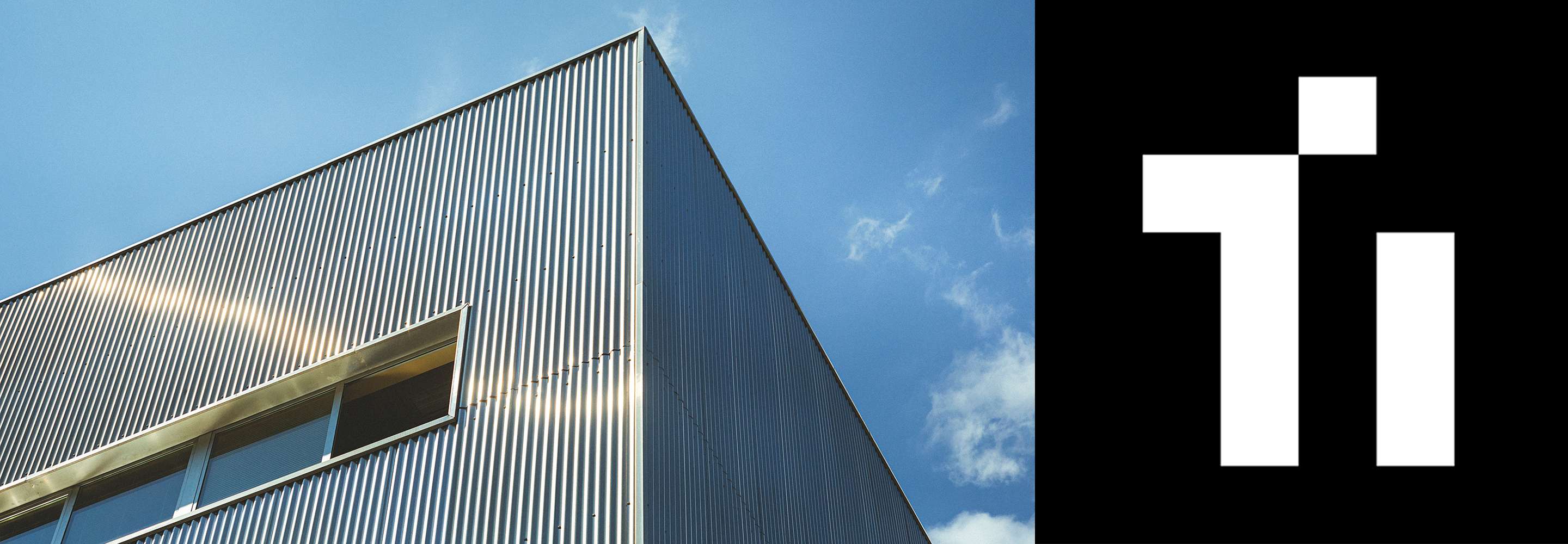
Tutorial: 'High-performance PCBs'
Printed circuit board (PCB) design is frequently overlooked and underestimated by circuit designers. The quality of circuits measurements, however, is strongly correlated with having a well-designed PCB. This applies to practically all circuit areas including analog, digital, RF, and power applications. This tutorial sheds light on the concepts and techniques behind building high-performance and high-speed PCBs. While this tutorial does not cover basics and fundamentals of PCBs, it presents empirical and commonly practiced methods to deliver professional layouts. This includes studying PCB traces from a transmission line point of view, structuring vias and planes for optimal results, PCB material selection for electrical and mechanical performance measures, and mounting techniques for various ICs packaging.
About the speaker
Mohammad Abu Khater is an assistant professor at Princess Sumaya University for Technology, Amman-Jordan. He received his PhD from Purdue University in 2015. His current research interests are focused on the areas of adaptive wireless devices, filter control circuits and systems, and multi-functional RF devices. His industrial experience span Intel's circuit research labs and Qualcomm RF technology.
During his research and industrial experience, Dr. Abu Khater designed various proof-of-concept PCBs for applications spanning RF, high-speed digital signals, power supplies, and data converters. His designs covered frequencies up to 40 GHz, which require meticulous layout strategies.
Dr. Abu Khater is an IEEE senior member. In 2012, he received the excellence in teaching award from the college of engineering at Purdue University. He also received the Fulbright graduate scholarship in 2007. He was awarded a best demo award in the radio wireless week in 2015 for his work on adaptive jammer suppression.
On-site event
/events/tutorial-high-performance-pcbs
events_en